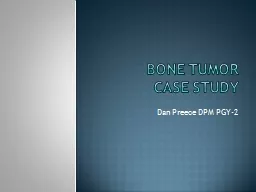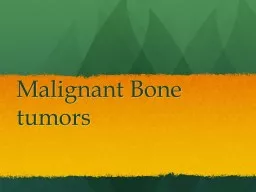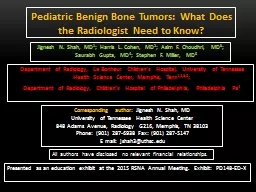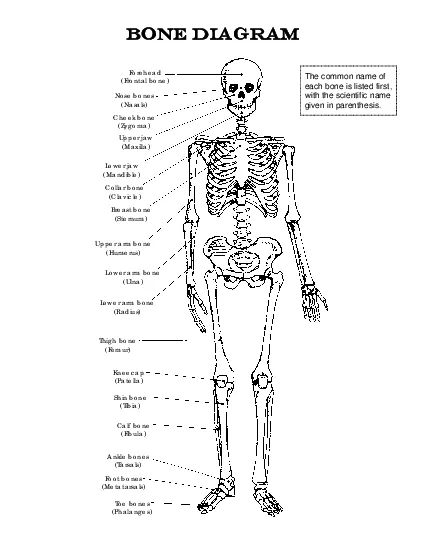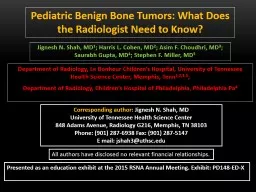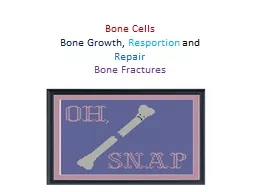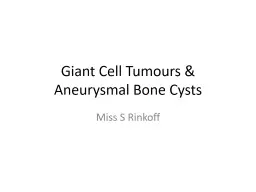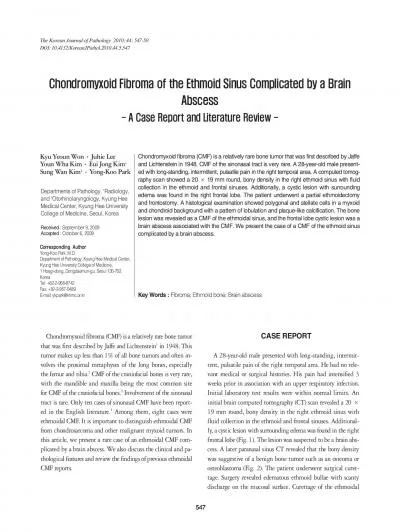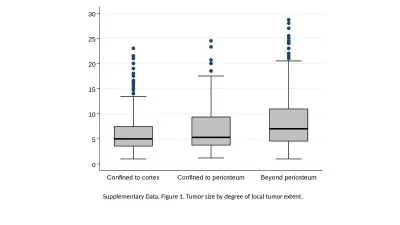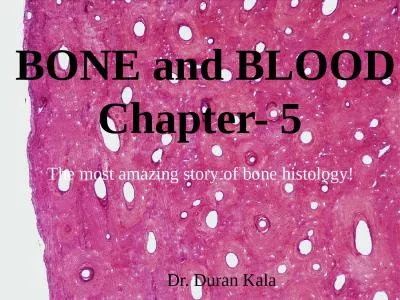PPT-Bone Tumor
Author : pasty-toler | Published Date : 2016-03-13
Case Study Dan Preece DPM PGY2 HPI 9 yo healthy male with dorsal right foot pain Duration of pain x 3 months Hx of multiple episodes of blunt trauma to right
Presentation Embed Code
Download Presentation
Download Presentation The PPT/PDF document "Bone Tumor" is the property of its rightful owner. Permission is granted to download and print the materials on this website for personal, non-commercial use only, and to display it on your personal computer provided you do not modify the materials and that you retain all copyright notices contained in the materials. By downloading content from our website, you accept the terms of this agreement.
Bone Tumor: Transcript
Download Rules Of Document
"Bone Tumor"The content belongs to its owner. You may download and print it for personal use, without modification, and keep all copyright notices. By downloading, you agree to these terms.
Related Documents

